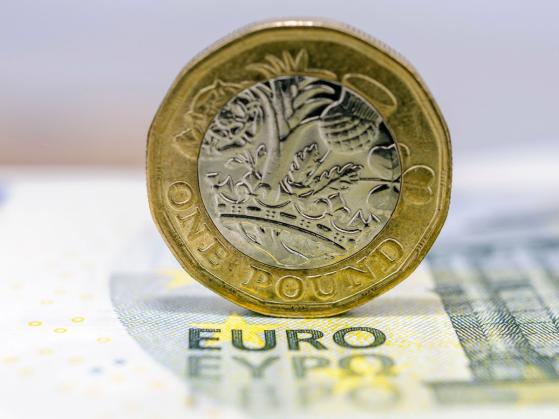ExchangeRates.org.uk - At the time of writing, GBP/EUR traded at around €1.1830, virtually unchanged from Thursday’s opening rate.
Euro (EUR) Firms following ECB Rate Cut
The Euro (EUR) firmed against the majority of its peers on Thursday despite the European Central Bank enacting an interest rate cut. The central bank cut interest rates by 25 basis-points, firmly in line with market expectations. However, the single currency managed to stay above ground following a speech from ECB President Christine Lagarde. Although Lagarde hinted that monetary policy would need to remain restrictive in the future, she also expressed the need to remain data driven, buoying the Euro.
Christine Lagarde said: ‘We will keep policy rates sufficiently restrictive for as long as necessary to achieve this aim. We are not pre-committing to a particular rate path.
The pound (GBP) traded relatively flat against most of its peers on Thursday, with no significant UK data to drive market movement. Despite this, Sterling managed to recover most of its losses from yesterday, following weaker-than-expected GDP data for August. Additionally, the pound's typically risk-sensitive nature didn’t provide much support, as Thursday’s upbeat mood had minimal effect on GBP exchange rates. Looking ahead, the primary catalyst of movement for the Pound Euro exchange rate on Friday will likely be further publications from within the Eurozone. The Eurozone’s latest industrial production reading is forecast to show a slight rebound in July, with the monthly reading forecast to rise from -0.3% to -0.1%. As the data is forecast to remain within negative territory (a reading below 0), this will likely fail to bolster EUR exchange rates at the end of this week. Looking at the Pound, UK economic data will be limited for the rest of the week, meaning GBP exchange rates may be influenced by overall risk sentiment. If today’s optimistic market mood continues, the pound could strengthen against other currencies. However, if markets turn more cautious, Sterling may face downward pressure.
This content was originally published on ExchangeRates.org.uk
